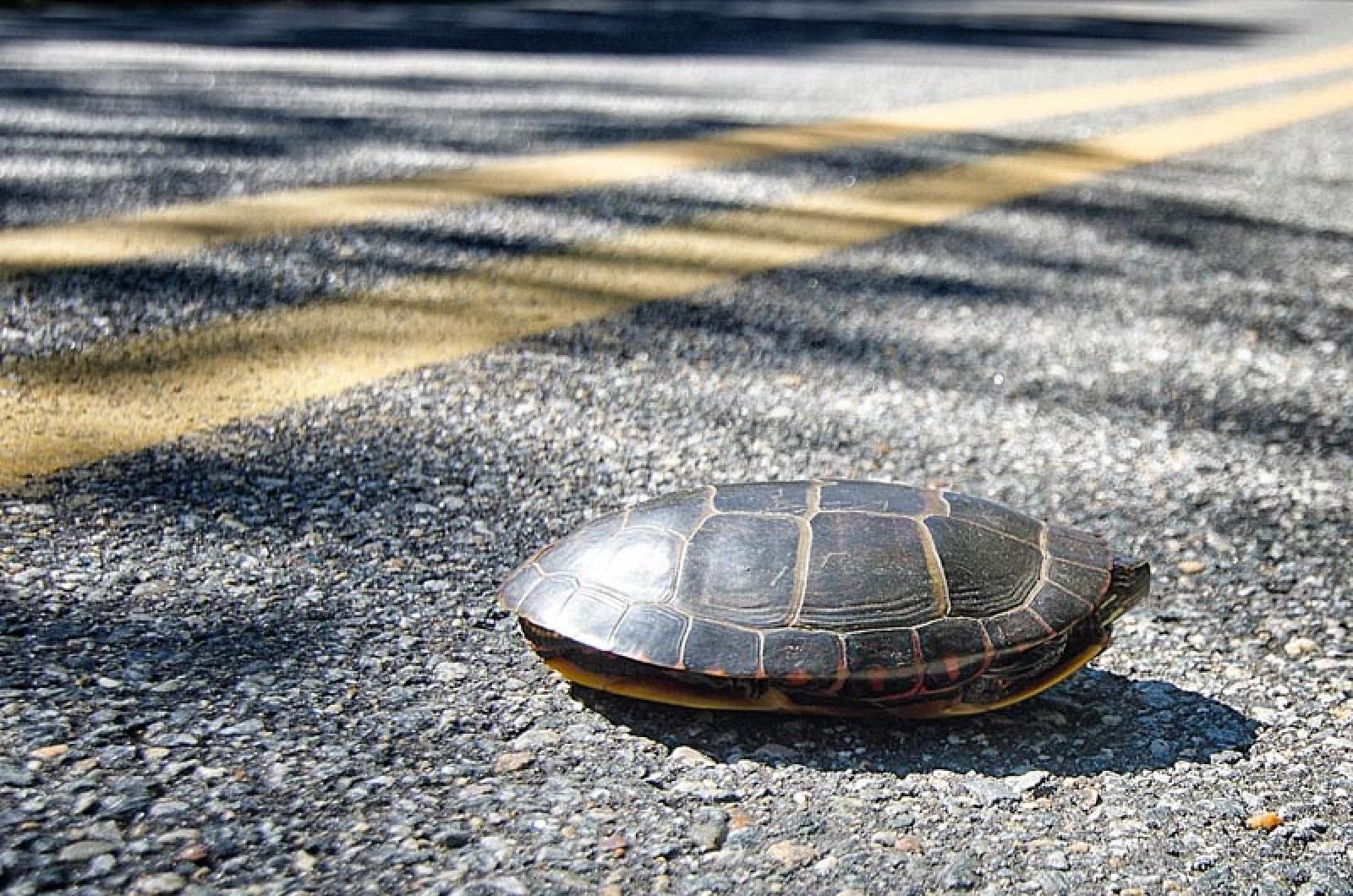Friends say that now that I am older, I should no longer walk alone in the woods — even near Glimmerglass Pond in West Tisbury. They warn that I might stumble over a root or a felled tree. It is fine to have human companions when I walk along a road. They can warn that a landscaping truck with a long attachment is about to careen around a corner, but I prefer to be alone when I am in the woods.
In the woods by Glimmerglass, there is birdsong overhead and the rush of the waterfall that in the 18th century ran Timothy Lumbert’s grist mill, according to historian Dick Burt.
When I am alone, I can stop and listen to the birds singing and the water falling. I can pause to look at lichen patterns on rocks and the varied shades of moss on trees. I know that if I walk by myself to Glimmerglass early in the morning, I may see otters playing. If I was chattering with others, I am not so sure the otters would stay and play.
I also prefer wooded walks to road walks because in the shade of trees, I have no need for sunglasses that alter nature’s colors. Last week, there were yellow irises in bloom at the pond’s edge. Former garden club president Nancy Cabot tells me they are invasive irises, but they were surely lovely to see. Soon there will be water lilies in bloom. Sometimes there are mallards diving, or a swan or two gracefully swimming. When there is human chatter, shy ducks often fly away. I am hardly a solitary soul, but when I am by myself on a walk, it is easier to be at one with the natural world.
Last week on my walk, a turtle blocked the center of my path. My first thought was to pick it up and get it closer to the water. Turtles are slow movers, and it was some distance from the pond bank. But then I thought twice about it. Could it be a snapping turtle? It was clearly not a painted turtle. When I got home and looked in my Field Book of Ponds and Streams, I learned that painted turtles are only six to eight inches across. Although I had never seen a snapping turtle, I had always imagined them to be bigger than the foot-wide one that had stopped me in my tracks.
I know that snapping turtles (sometimes known as loggerheads) are notorious for dragging Mill Pond cygnets to their deaths. The one that had blocked my way hardly looked big enough to do a dastardly deed, but I thought it best to keep my distance. I remembered when a pair of snapping turtles one chilly fall took refuge under black bags in the mud room of a house on Music street. They were only dislodged when the family cats noticed something moving beneath the bags. The householder had to dexterously carry them back to the pond, carefully avoiding the snapping jaws at the end of their long necks.
Johnny Athearn, who has had boyhood experience with such things, says I was wise to have left it alone and that chances are it was indeed a snapping turtle, likely a female in search of a sandy place to lay her eggs.
The following morning when I went out, the turtle was gone. I looked for the nest where the eggs might have been laid, but Gus Ben David says turtle nests are discreetly covered over with sand.
I am sure my friends are wise when they suggest my walks these days should be along smooth, black-topped roads. There will be joggers and fellow-walkers there to help out in emergencies. But it is unlikely that I will find snapping turtles there to write about.




Comments (4)
Comments
Comment policy »